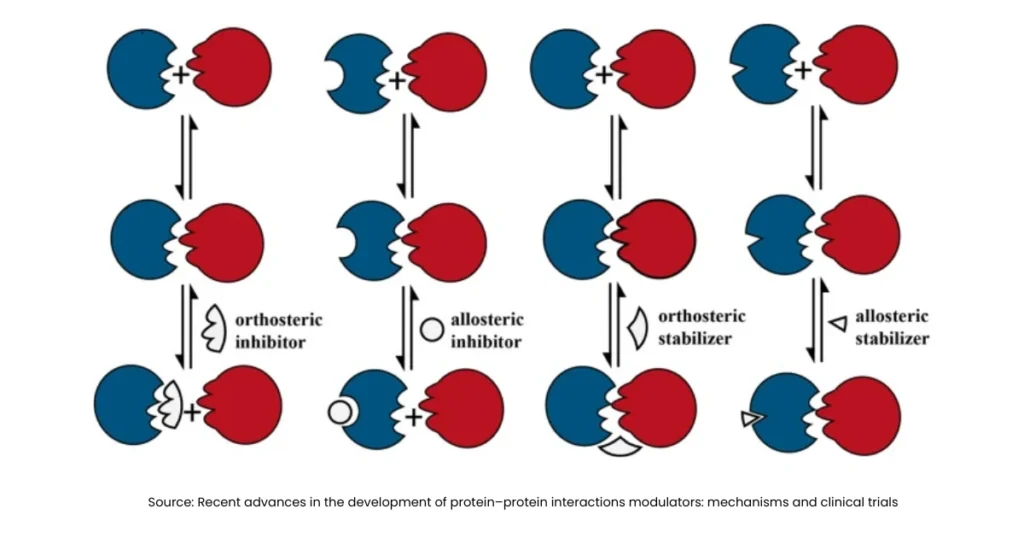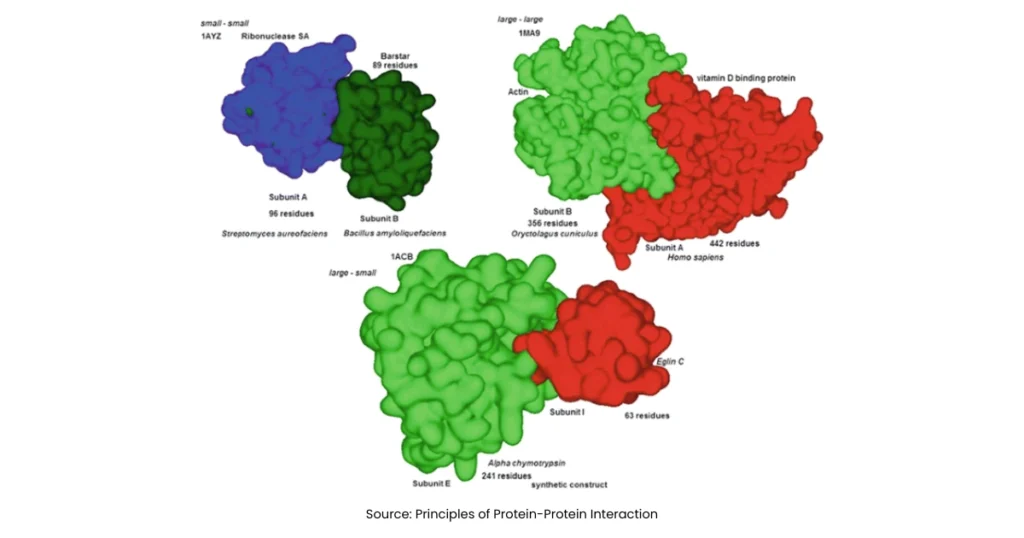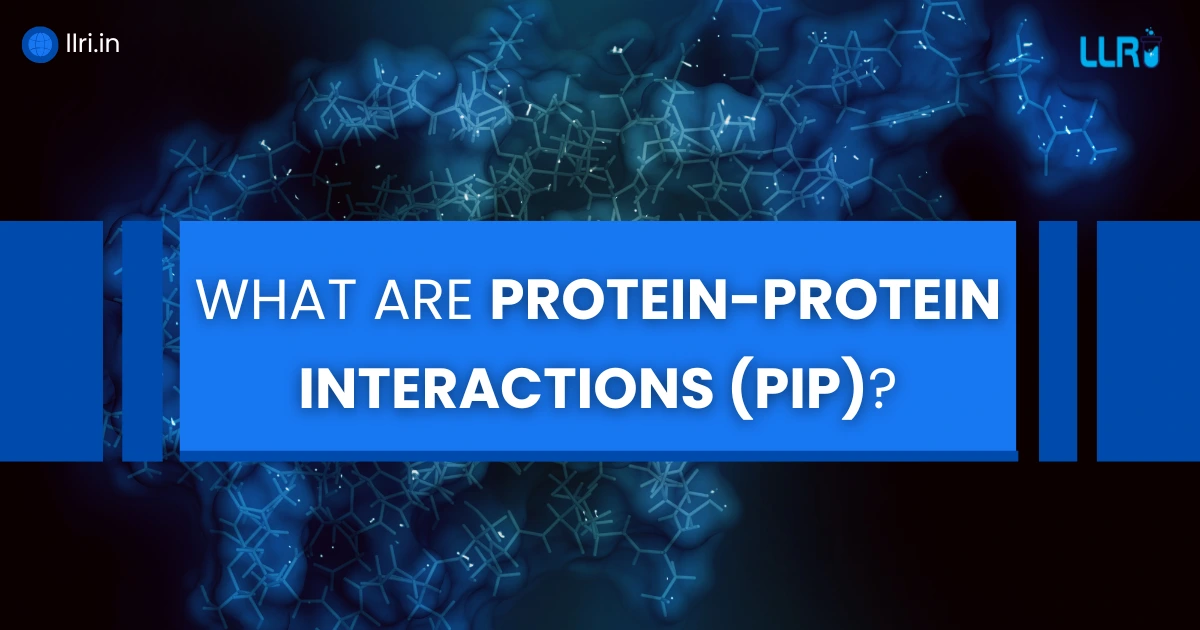Protein-Protein Interaction Database (PIP): When we talk about modern biology and drug discovery, one of the most useful tools for researchers is a protein-protein interaction (PPI) database. These databases help us understand how proteins talk to each other inside the human body. Proteins never work alone. They form groups, clusters and networks that drive all essential functions of a living organism.
In fact, as many scientists say, “Life is not about individual proteins, but about their relationships.” Understanding these relationships is the main aim of a protein-protein interaction database.
What Are Protein-Protein Interactions?
Proteins interact with each other to perform different tasks inside the cell. These tasks can include transportation of molecules, communication signals, immune defence, repair of cells and more. When two or more proteins come together and work on a common process, we call it a protein-protein interaction.
These interactions are mapped into an organised protein-protein interaction (PPI) network. With this network, researchers can study why diseases occur, how viruses enter human cells, and how a medicine can block a harmful protein.

Why Do We Need A Protein-Protein Interaction Database?
Before any researcher works on drug development or genome studies, it is important to know which protein is connected to which and how strong the relationship is.
A protein-protein interaction (PIP) database gives this information in a searchable format. It acts like a large digital map of how thousands of proteins connect inside living systems.
It also supports:
- identification of disease-causing proteins
- prediction of drug targets
- understanding molecular pathways
- planning laboratory experiments better
As researchers often say, “Disease begins when normal interactions break down.” This simple statement shows the real importance of protein-protein interaction in medical research.
Different Protein-Protein Interaction (PPI) Methods and Techniques
To collect interaction data, scientists use various protein-protein interaction methods as well as experimental and computational protein-protein interaction techniques. These include:
- Yeast two-hybrid method
- Co-immunoprecipitation
- Protein microarrays
- Computational prediction
- Cross-linking followed by mass spectrometry
These techniques help researchers identify different protein protein interaction types, such as physical binding, temporary or permanent interaction, signal-based interaction, and complex formation.
These experiments are then recorded inside a protein-protein interaction database for future study and public reference.
Read More: Genome Wide Association Studies: Meaning, Mapping, and Benefits Explained
The Protein-Protein Interaction Database List
If you are a biology student or working professional, you might already know about multiple resources that track protein interactions. Some of the most used platforms include the protein protein interaction database list given below:
| Database | Key Features |
| STRING | Easy visual network graphs |
| BioGRID | Covers genetic and chemical interactions |
| IntAct | Curated from published research |
| MINT | Focus on physical interactions |
| DIP (Database of Interacting Proteins) | Oldest and respected resource |
| Reactome | Pathway-based interactions |
The database of interacting proteins DIP is often mentioned in academic papers because it is one of the earliest repositories for interaction data. Many researchers still rely on DIP for accurate validation.
How These Databases Help Drug Discovery
Here is a simple question for you: How can we create a medicine without knowing which protein is faulty?
This is where a protein-protein interaction network becomes useful. By looking at the network nodes and links, scientists can identify which protein is the “hub” or the most influential in a disease condition. Then the drug can target that hub.
That is why the importance of protein protein interaction has increased in personalised medicine and cancer research.

Step-by-Step Use of a Protein-Protein Interaction Database
Most researchers follow a step-based approach:
- Identify the protein of interest
- Search it inside the protein-protein interaction database
- Study all linked proteins
- Observe how the protein behaves in different diseases
- Confirm with laboratory protein protein interaction techniques
- Narrow down possible drug targets
By repeating this for every candidate protein, a solid model of disease behaviour can be formed.
On A Final Note…
A protein-protein interaction database is not just a storage system. It acts like a scientific guide that shows researchers who the “friends” and “partners” of a protein are. With the help of a reliable protein-protein interaction network, scientific studies become more meaningful and targeted.
Now the field is growing fast, and with advanced sequencing tools, more data is being added to the protein protein interaction database list every year. So, whether you are a student, researcher or just a curious learner, exploring a protein-protein interaction database is one of the best ways to understand how life works at the molecular level.
FAQ
What is a protein-protein interaction database?
A protein-protein interaction database is an online resource that stores information about how proteins interact with each other inside living systems. It helps researchers study molecular relationships and identify possible drug targets.
Why is the importance of protein protein interaction increasing in research?
The importance of protein protein interaction is increasing because many diseases are caused by faulty interactions between proteins. By studying these relations, scientists can understand disease pathways and plan better treatments.
What is the database of interacting proteins DIP?
It is a trusted and early database that provides verified protein interaction data.
What are common protein protein interaction methods?
Yeast two-hybrid, co-immunoprecipitation, microarrays, and prediction tools.

